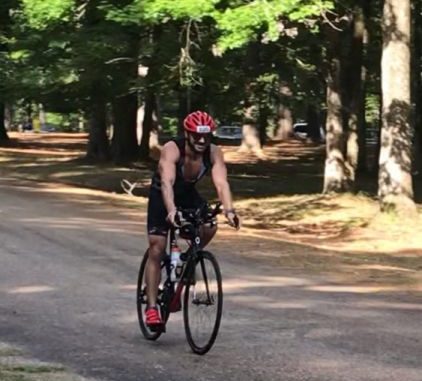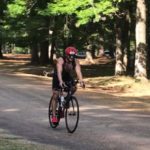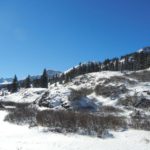
Now’s the time to get physically prepared for the season
We do a lot of work getting ready for hunting season. Planning trips, choosing the right gear, setting up deer stands and the list goes on and on. Along with all the planning and anticipation we make a considerable financial investment in what we hope will be a successful season.
For me, a big part of planning and preparedness for fall involves health, safety and accident prevention. My primary motivations for being prepared for the unexpected are some of the things I have seen during my career in wildlife law enforcement. Illness or injury can ruin a long-awaited trip, put an end to hunting for the rest of the season and potentially result in permanent disability or death.
Such was the case not too many years ago for a man we’ll call Sam. Sam was the oldest of four brothers, all dedicated hunters with a family tradition of a little friendly competition. Sam was middle-aged but would never see a doctor or admit he was slowing down. On opening day of the firearms season for deer, Sam was in the stand early. It was not long before a nice buck showed up. Sam made a good shot and had his buck.
It was still early so Sam decided to drag the buck out, load it in the truck, go back to camp and have the deer hung on the meat pole when his brothers showed up after the morning hunt. And that is just what he did. It was a great deal of exertion, and Sam had just completed getting the deer hung when other members of the party began returning to camp.
Witnesses said Sam was out of breath and sat down just before suffering a massive heart attack. CPR and all efforts at the hospital could not save him. No one knew whether Sam was aware of a heart condition, but a wellness checkup and/or physical fitness program prior to the hunting season might have made a difference.
Shape up!
Whether we are going out West to hunt the high country or just plan to hunt deer or waterfowl here in the South, getting in shape for hunting season should be a top priority. A hundred more yards up the ridge might put you in position for a shot at a trophy bull. That’s when all the effort spent getting in shape pays off. Don’t be the guy gasping for air while looking up at your guide who is already there and motioning frantically at you to hurry before it’s too late.
No, we flat-landers won’t be able to function as well as the locals at those high elevations. But being in good condition will make acclimating easier, and you might be surprised at how well you can get around. And those of us staying down south will probably find we are able to walk and do more if we are in better shape.
Before starting any fitness routine, visit your primary care physician. Tell him or her your plans and listen to any suggestions on what to do and how to get started. I like riding a bicycle, and 15 miles for three or four days a week helps me prepare for my elk hunt.
Safety always
We always think of firearms safety first when hunting is involved. Mandatory Hunter Education Courses have been very effective in reducing firearms-related accidents to the point we rarely hear of one. Far more common now are falls from elevated stands, ATV accidents, cuts and so forth.
Safety harnesses and lifelines have probably saved more hunters than there are hunters who are willing to admit they fell. Prices are reasonable, and I can’t imagine using a climbing stand without them. But emergency room physicians will tell you some hunters still climb without harness and line.
ATV and OHV accidents and injuries rise during hunting seasons each year. The increase is due in part to increased use, but steep terrain, side hills and other obstacles found on trails used by hunters contribute to mishaps. Travel with care on new trails and those not used since last season. Trees can fall and block trails and washouts can be a nasty surprise in the dark.
We don’t always think of it, but loading a heavy deer or hog in a pickup or ATV without help can lead to sprains, strains, slips and falls. Common sense got the better of me last year, and I purchased a hoist that mounts on the truck and makes loading the big stuff easy and safe.
Finally, and perhaps most importantly, when alone always be sure someone knows where you are and when you are expected to return. Carry a cell phone, but don’t bet your life on it. A short walk may put you in an area with cell coverage. But what if you can’t walk?
The great hunts are those that challenge our abilities and put us to the test. Be ready to go up the mountain — but also get home safe.




